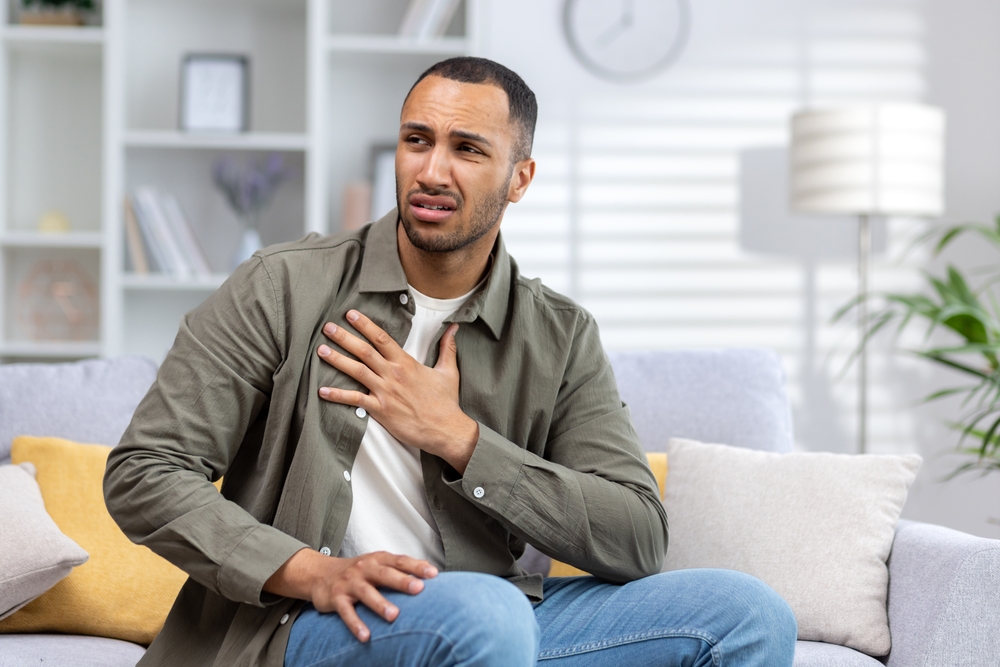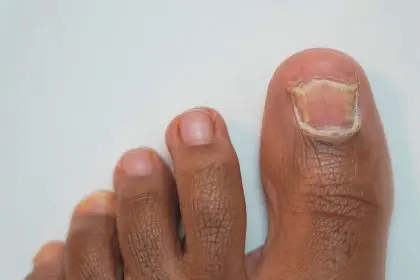Surviving a stroke is a monumental achievement, but the journey doesn’t end there. The road to recovery is filled with challenges and opportunities for growth. Understanding what steps to take after surviving a stroke is crucial to regaining health, independence and quality of life. This article will guide you through the necessary steps to navigate life after a stroke, offering insights on rehabilitation, lifestyle changes and emotional support.
Understanding stroke recovery
The aftermath of a stroke can be overwhelming, but understanding the recovery process can provide a sense of control and direction. Stroke recovery varies from person to person, depending on the severity and location of the stroke, as well as the individual’s overall health. Typically, recovery can be divided into three main phases: acute, subacute and long-term recovery.
- Acute phase: This phase begins immediately after the stroke and can last for several days. The focus is on stabilizing the patient and preventing further damage. Medical professionals will work to control blood pressure, manage symptoms and begin basic rehabilitation.
- Subacute phase: This phase lasts from a few days to several months poststroke. Intensive rehabilitation begins during this period, including physical, occupational, and speech therapy. The goal is to regain as much function as possible.
- Long-term recovery: This phase can last for months or even years. Rehabilitation continues, but the focus shifts towards adapting to new levels of function and maintaining health.
Embracing rehabilitation
Rehabilitation is a cornerstone of stroke recovery. It involves various therapies designed to help regain lost skills and improve overall function. Here’s what you can expect:
- Physical therapy: Physical therapy focuses on regaining strength, coordination and balance. Therapists use exercises and activities to improve mobility and reduce the risk of falls.
- Occupational therapy: Occupational therapy helps stroke survivors regain independence in daily activities. This can include learning new ways to perform tasks such as dressing, eating and bathing.
- Speech therapy: Many stroke survivors experience difficulties with speech and language. Speech therapy can help improve communication skills and address issues with swallowing.
- Cognitive rehabilitation: Cognitive rehabilitation focuses on improving memory, attention and problem-solving skills. This is especially important for those who experience cognitive deficits after a stroke.
- Emotional support: Emotional health is a critical aspect of recovery. Counseling, support groups and therapy can help stroke survivors cope with the emotional aftermath of their experience.
Making lifestyle changes
Adopting a healthy lifestyle is essential for preventing another stroke and improving overall well-being. Here are some key lifestyle changes to consider:
- Healthy diet: A balanced diet rich in fruits, vegetables, whole grains and lean proteins can help manage weight, control blood pressure and reduce the risk of another stroke. Limiting salt, sugar and saturated fats is also important.
- Regular exercise: Physical activity can improve cardiovascular health, boost mood and enhance overall physical function. Aim for at least 150 minutes of moderate-intensity exercise per week, but always consult your health care provider before starting any new exercise regimen.
- Medication management: It’s crucial to take medications as prescribed to manage underlying conditions such as hypertension, diabetes and high cholesterol. Regular follow-ups with your health care provider are necessary to adjust medications as needed.
- Quit smoking: Smoking significantly increases the risk of stroke. Quitting smoking can improve your health and reduce the likelihood of future strokes. Seek support through smoking cessation programs if needed.
- Limit alcohol: Excessive alcohol consumption can increase blood pressure and stroke risk. Limit alcohol intake to moderate levels, as recommended by your health care provider.
Seeking emotional and social support
Emotional and social support plays a vital role in stroke recovery. Feeling connected and supported can improve mental health and motivation during the recovery process. Here are some ways to seek support:
- Support groups: Joining a stroke support group can provide a sense of community and understanding. Sharing experiences with others who have been through similar situations can be comforting and empowering.
- Counseling: Professional counseling can help address feelings of anxiety, depression and frustration that are common after a stroke. Therapists can offer strategies to cope with emotional challenges.
- Family and friends: Lean on your loved ones for support. Communicate your needs and allow them to assist you in your recovery journey. Their encouragement and assistance can make a significant difference.
- Social activities: Engaging in social activities can improve mood and reduce feelings of isolation. Find activities you enjoy and that are within your physical capabilities.
Long-term health monitoring
Ongoing health monitoring is crucial for stroke survivors. Regular checkups with your health care provider can help detect and manage potential complications early. Here are some aspects to monitor:
- Blood pressure: High blood pressure is a leading risk factor for stroke. Regular monitoring and management of blood pressure are essential.
- Cholesterol levels: Keeping cholesterol levels in check can reduce the risk of another stroke. Your health care provider may recommend medications and lifestyle changes to manage cholesterol.
- Diabetes management: If you have diabetes, managing your blood sugar levels is crucial. Follow your health care provider’s recommendations for diet, exercise and medication.
- Heart health: Monitoring heart health is important, as conditions like atrial fibrillation can increase stroke risk. Regular cardiac evaluations may be necessary.
Navigating poststroke life
Surviving a stroke is a significant achievement, but the journey to recovery requires patience, dedication and support. By embracing rehabilitation, making healthy lifestyle changes, seeking emotional support and regularly monitoring your health, you can improve your quality of life and reduce the risk of future strokes. Remember, every step you take toward recovery is a step toward a healthier, more fulfilling life.
This story was created using AI technology.











